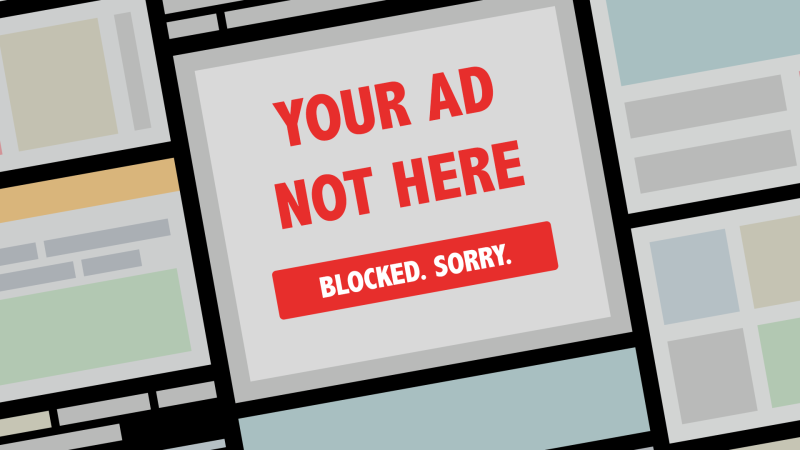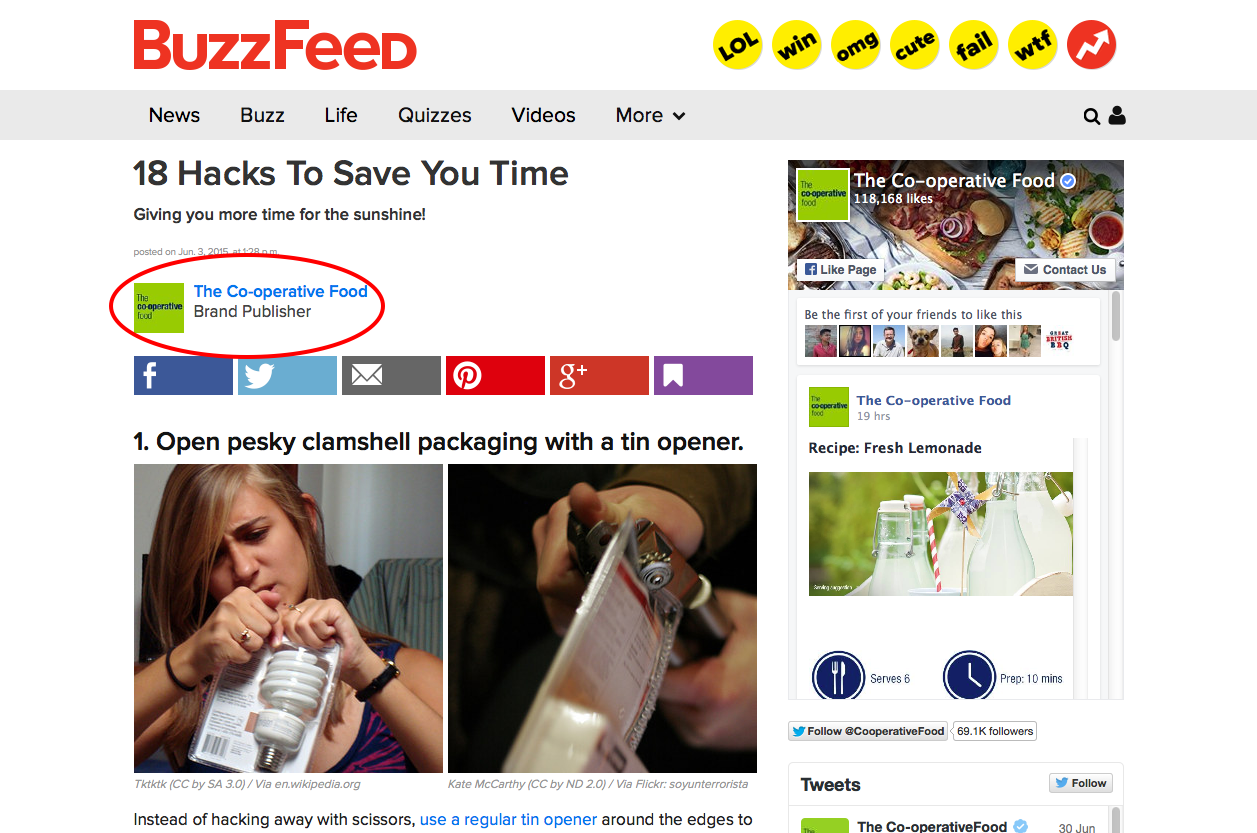
With the recent announcements of Google's new ad filtering and Apple disabling cookies, the topic of ad blocking and the effect on the digital marketing and advertising industry has revved back up. However, the fact that consumers rather not see ads has been proven over time. Ad blocking itself dates back to the 1950’s with the creation of the television remote control. From that point as media evolved so did ad blocking strategy. The 1970’s introduced the preset buttons on car radios, which gave drivers a quick and safe option to change stations during advertisements. Today, you likely enjoy commercial-free radio through a paid subscription service like SIRIUS. DVR was introduced to the Consumer Electronics Show in Las Vegas in 1999 and is now widely used to watch recorded live-TV while fast-forwarding through advertisements.
When it comes to online ad blocking there are currently 6 on the market, but the biggest player is Adblock Plus, part of a German company called Eyeo with over 60 million downloads. How an ad blocker works is by acting like a wall between the website and the server, stopping ads in their tracks. According to PageFair, 11 percent of the global internet population is blocking ads on the web with ad blocker usage growing by 30 percent in 2016. With Google Chrome owning 44.5 percent of the web browser field, ad blocking will become much easier to access for almost half of online users favorite web browsers.
So what does this mean for digital advertising? The answer to that question comes in several forms however, the most prevalent is to focus on quality content. By creating ads that aren’t intrusive or feel “annoying” you have a greater opportunity at reaching your audience. This way people will naturally be less inclined to use an ad blocker on your site. Buzzfeed adjusts to this trend by posting brand publisher content that maintains their branding style. They are able to promote that content without being incredibly blatant, or straying from the normal interaction the user has with the website. Digital agencies are going to have to come up with strategies similar to BuzzFeed’s to introduce advertisements in a non-intrusive and engaging format.

Overall, we understand that advertising provides a valuable service in shaping and informing consumer behavior, accelerating our economy, and enabling wide consumption of low-cost products or free content - such as apps or music - where costs are deferred with advertisements. Even consumers would likely agree with these benefits or they can often opt to pay for content so they realize the benefit advertising subsidizes.
In the end the key is for the digital advertising industry to remain the same: to challenge ourselves to create better and more relevant advertisements to the audience and be mindful of their frustrations with ad clutter and its negative impact on the brands we serve. Ad blocking is not the end of the our industry, it’s rather an evolution point.
Through our own evolution here at The Goss Agency, we have introduced Content Leader™ as a solution to reaching our client’s target market audience by engaging consumers through emotional messaging. Content Leader™ uses our own strategic planning to place advertisements in the most effective digital channels without feeling intrusive and always offering quality content that raises click-through rates.
Which ad-blocker’s do you recommend? Share your thoughts below.

